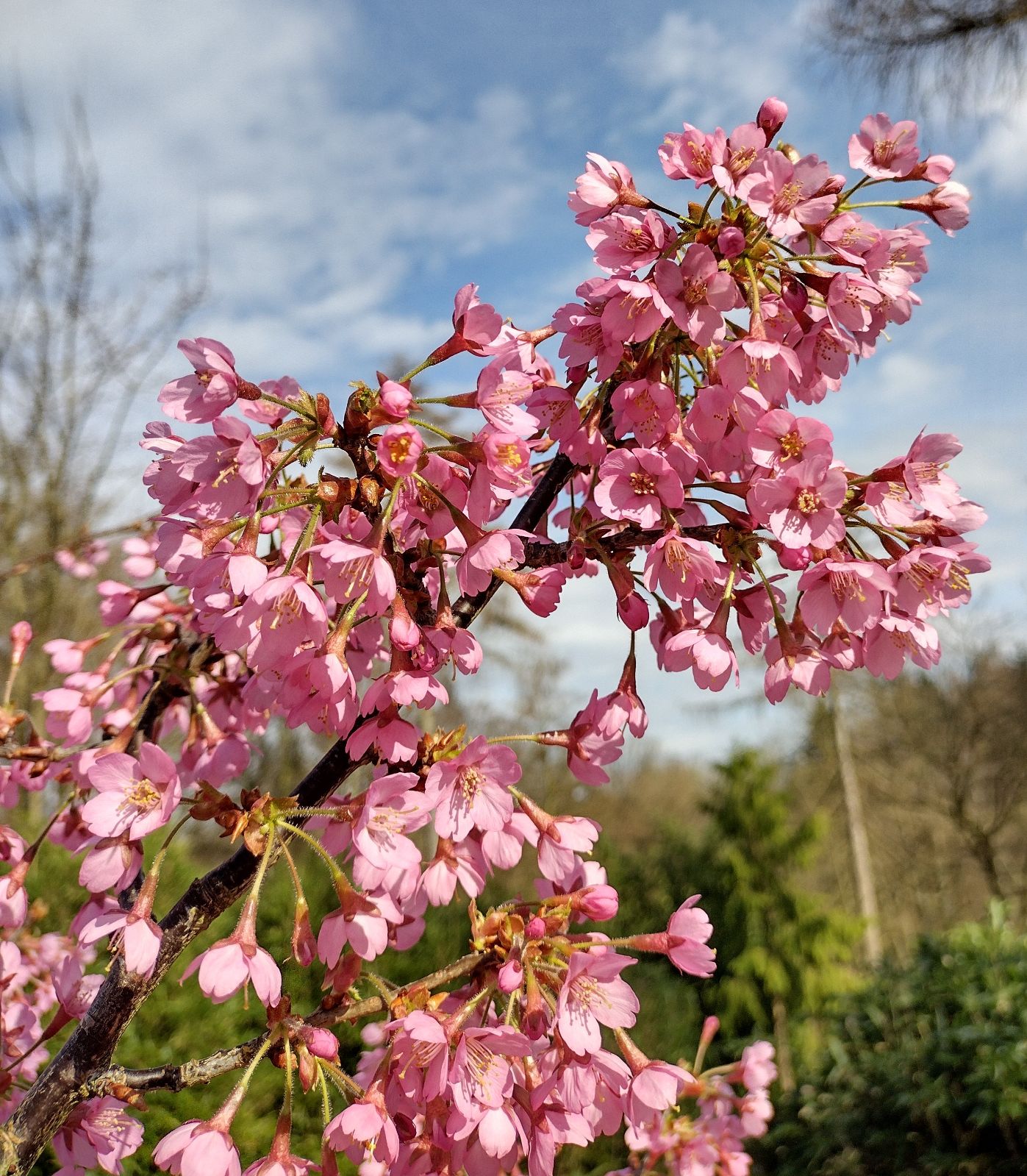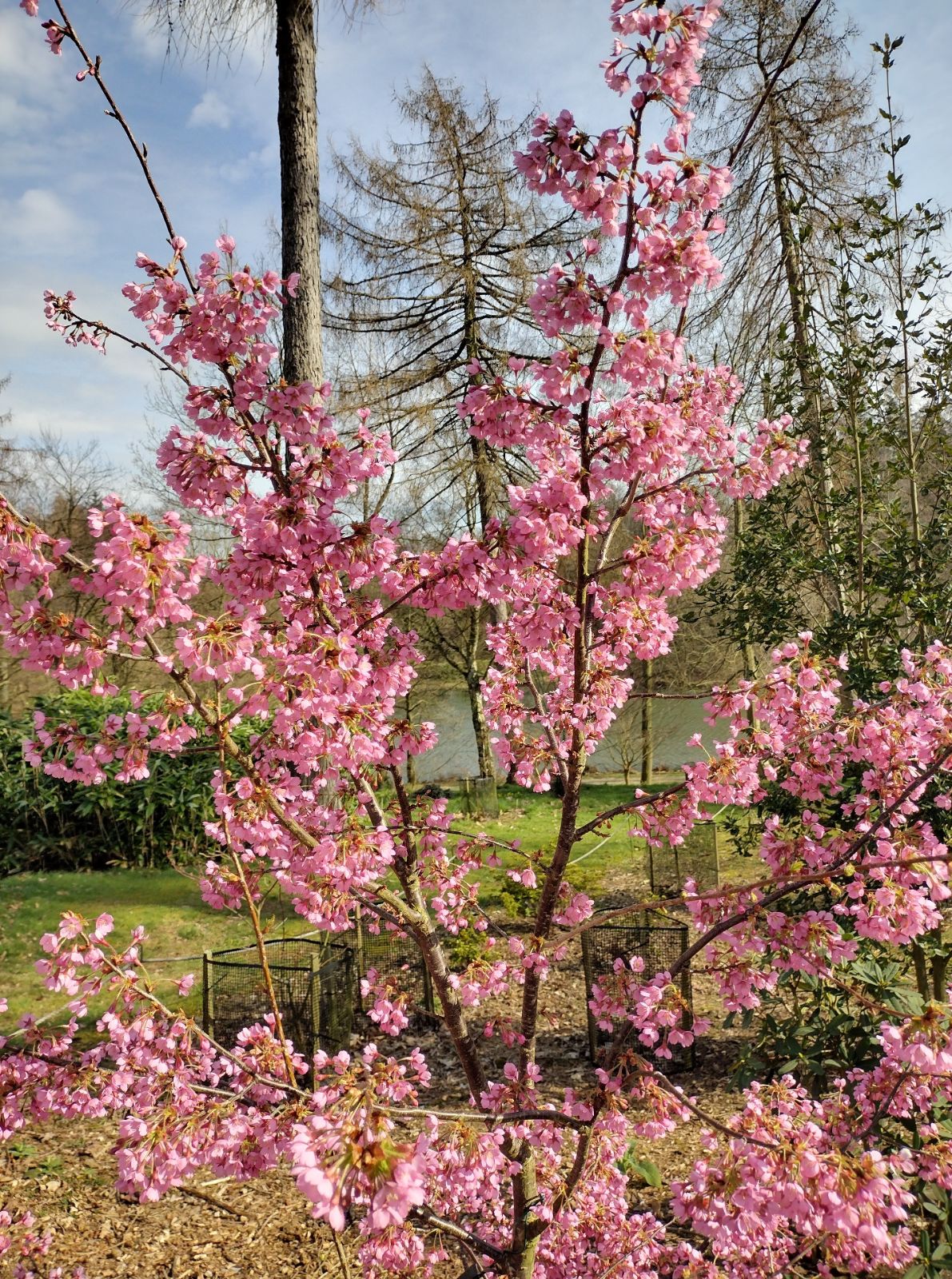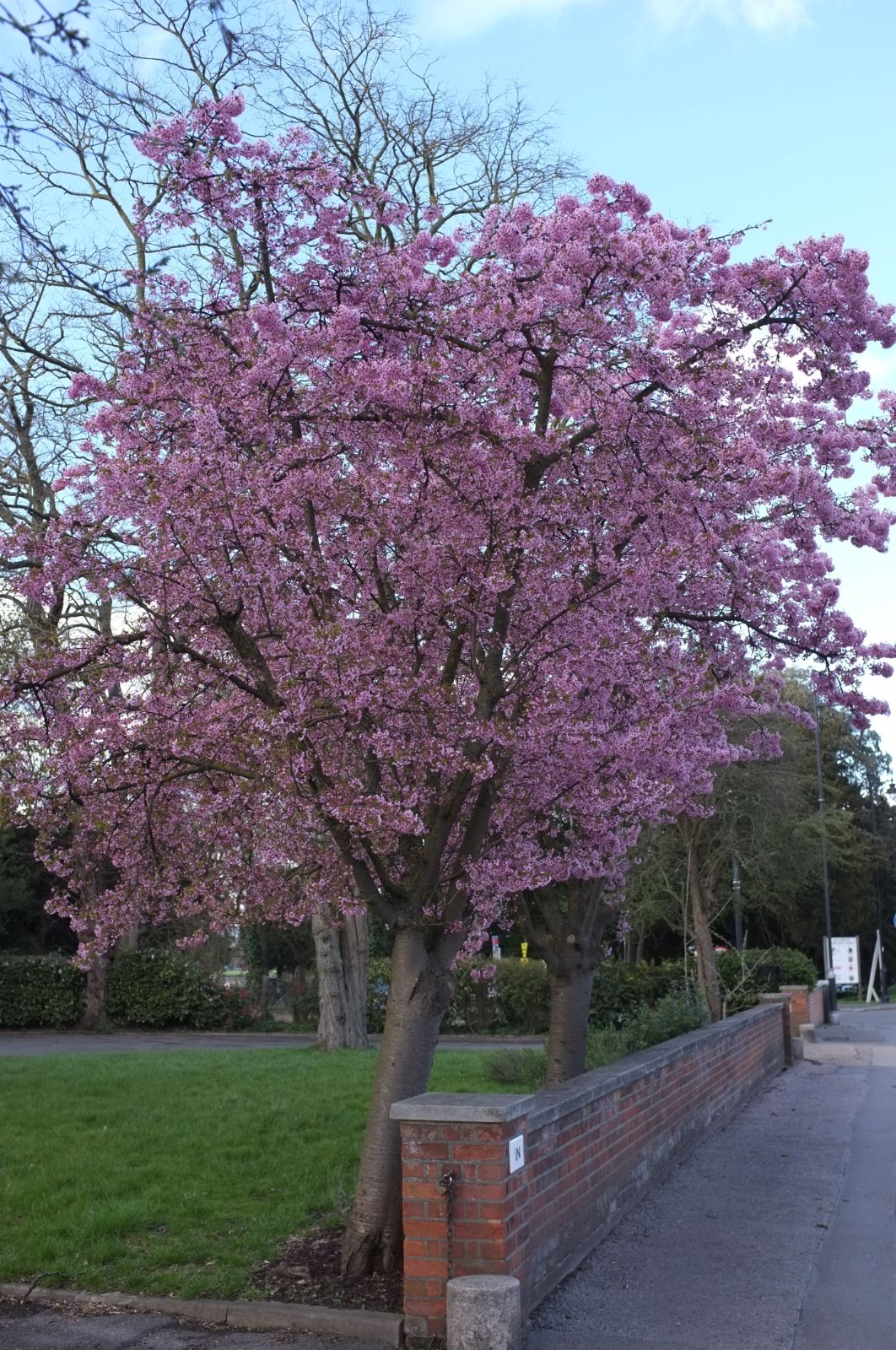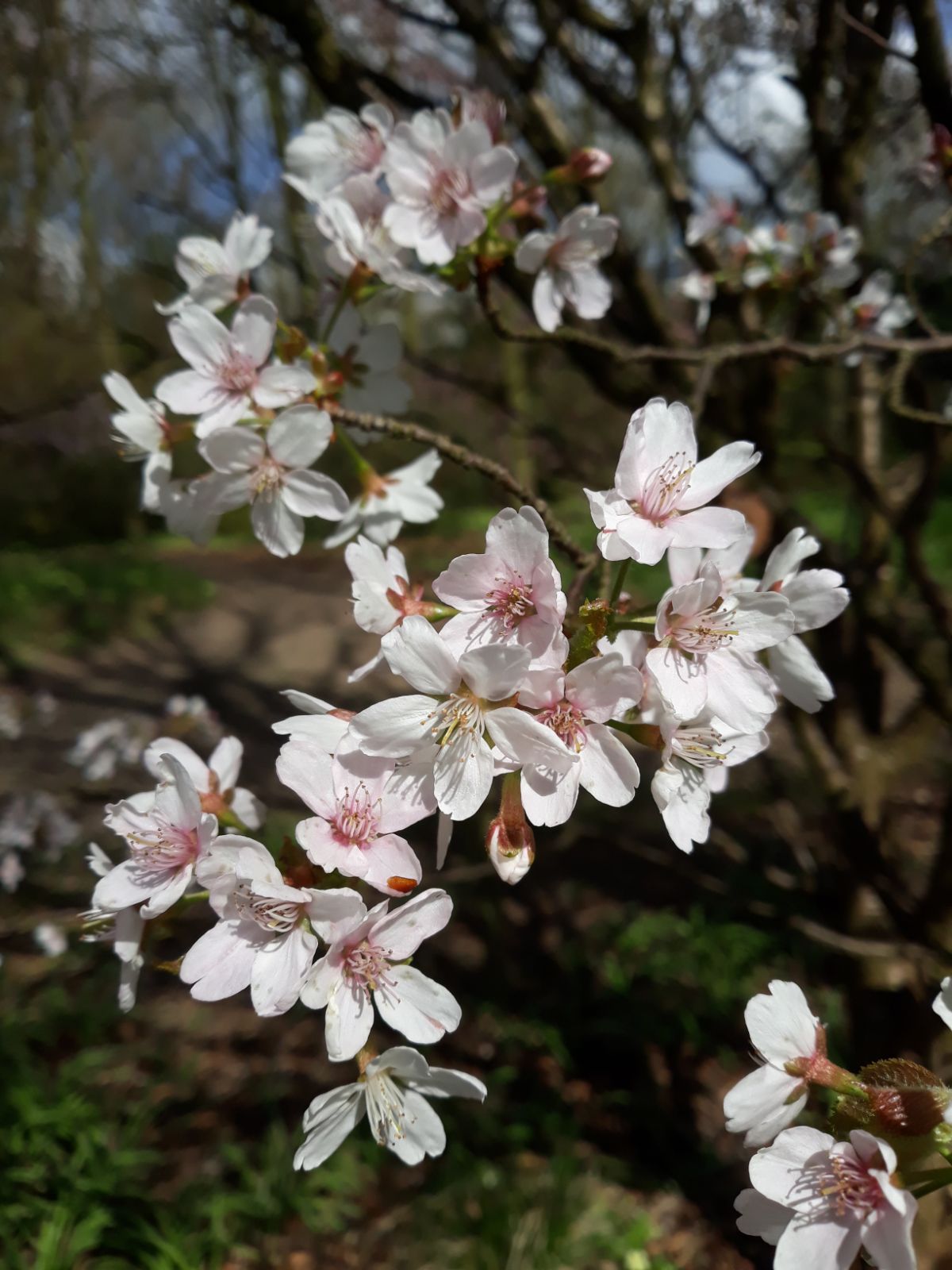Prunus nipponica
Credits
Article from Bean's Trees and Shrubs Hardy in the British Isles
Recommended citation
'Prunus nipponica' from the website Trees and Shrubs Online (treesandshrubsonline.
Genus
Common Names
- Japanese Alpine Cherry
Synonyms
- P. iwagiensis Koehne
- P. nikkoensis Koehne
- P. ceraseidos Maxim ., in part
Infraspecifics
Other taxa in genus
- Prunus alleghaniensis
- Prunus americana
- Prunus × amygdalo-persica
- Prunus amygdalus
- Prunus angustifolia
- Prunus apetala
- Prunus arabica
- Prunus argentea
- Prunus armeniaca
- Prunus avium
- Prunus besseyi
- Prunus brigantina
- Prunus campanulata
- Prunus canescens
- Prunus cantabrigiensis
- Prunus cerasifera
- Prunus cerasus
- Prunus cocomilia
- Prunus concinna
- Prunus conradinae
- Prunus consociiflora
- Prunus cornuta
- Prunus cuthbertii
- Prunus dasycarpa
- Prunus davidiana
- Prunus × dawyckensis
- Prunus dielsiana
- Prunus domestica
- Prunus dulcis
- Prunus emarginata
- Prunus × fontanesiana
- Prunus fruticosa
- Prunus glandulosa
- Prunus grayana
- Prunus himalaica
- Prunus hortulana
- Prunus humilis
- Prunus ilicifolia
- Prunus incana
- Prunus incisa
- Prunus jacquemontii
- Prunus kansuensis
- Prunus lannesiana
- Prunus laurocerasus
- Prunus litigiosa
- Prunus lusitanica
- Prunus maackii
- Prunus mahaleb
- Prunus maritima
- Prunus maximowiczii
- Prunus microcarpa
- Prunus mira
- Prunus mugus
- Prunus mume
- Prunus nigra
- Prunus orthosepala
- Prunus padus
- Prunus pensylvanica
- Prunus persica
- Prunus pilosiuscula
- Prunus prostrata
- Prunus pumila
- Prunus rufa
- Prunus salicina
- Prunus sargentii
- Prunus serotina
- Prunus serrula
- Prunus serrulata
- Prunus sibirica
- Prunus × sieboldii
- Prunus simonii
- Prunus sogdiana
- Prunus speciosa
- Prunus spinosa
- Prunus ssiori
- Prunus subcordata
- Prunus subhirtella
- Prunus takesimensis
- Prunus tangutica
- Prunus tenella
- Prunus tomentosa
- Prunus triloba
- Prunus virginiana
- Prunus × yedoensis
A deciduous bush 8 to 16 ft high, or occasionally a bushy-headed tree up to 20 ft high; young shoots glabrous, grey by autumn, ultimately chestnut brown. Leaves ovate, sometimes obovate, with a long, tail-like point, and a usually rounded base, sharply and doubly toothed; thinly hairy when young, chiefly on the veins, 11⁄2 to 31⁄2 in. long, 1 to 13⁄4 in. wide; stalk 1⁄2 to 3⁄4 in. long, glabrous. Flowers opening in May, solitary or in twos or threes, each on a glabrous or thinly hairy stalk 1⁄2 to 11⁄4 in. long; they are 3⁄4 to 1 in. wide, white or pale pink. Calyx-tube glabrous, funnel-shaped to bell-shaped; petals rounded and entire or notched at the end. Fruits black, globose, 1⁄3 in. wide.
Native of Japan; introduced to the Arnold Arboretum in 1915. There has been considerable confusion between this species, P. incisa, and P. apetala, all three distinguished by having black fruits and a leaf with a long tail-like apex and a conspicuous double toothing. It is distinct enough in other respects from P. apetala (q.v.), a cherry very downy or hairy in many of its parts. P. incisa is also more or less downy on the young shoots, leaf-stalk and calyx, the leaves are smaller, the branchlets never become bright brown as in P. nipponica, and the flowers are normally smaller.
P 'Kursar'
A hybrid raised by Collingwood Ingram from seed of P. nipponica var. kurilensis. It is one of the finest of the early cherries, bearing flowers of a remarkably vivid shade of pink in March, before the leaves; calyx and filaments of stamens dark red; pedicels hairy. It makes a vigorous fairly erect tree and colours orange in the autumn. A.M. 1952.The name ‘Kursar’ was given by Capt. Ingram in the belief that the pollen- parent was P. sargentii. He now thinks there must have been an accidental exchange of labels, and that the pollen really came from P. campanulata, which he had crossed with P. nipponica var. kurilensis at the same time. He points out that P. sargentii is unlikely to have yielded a hybrid with flowers of such a deep pink (A Garden of Memories, pp. 181–2).
var. kurilensis (Miyabe) Wils.
Synonyms
P. ceraseidos var. kurilensis Miyabe
P. kurilensis (Miyabe) Miyabe
This differs in having larger flowers and a downy leaf-stalk, calyx-tube, and flower-stalk. Native of N. Japan, the Kuriles, and Sakhalin; introduced to the Arnold Arboretum in 1905 and soon after to Britain. It is of dwarf habit and slow-growing in cultivation. The plant at Kew differs from the one grown as typical P. nipponica in its stiff, erect habit, larger calyx-tube, and more exserted stamens.




